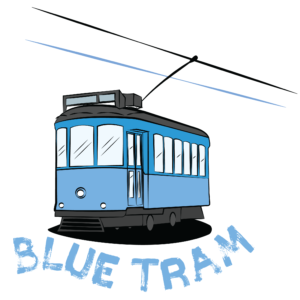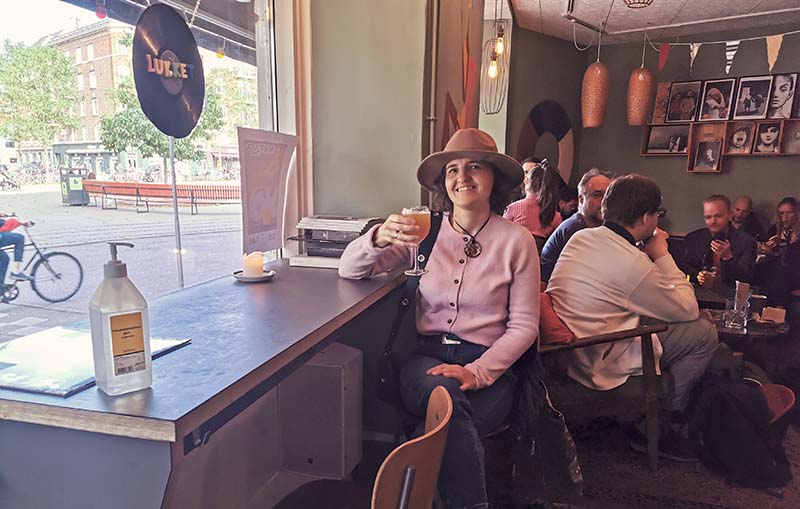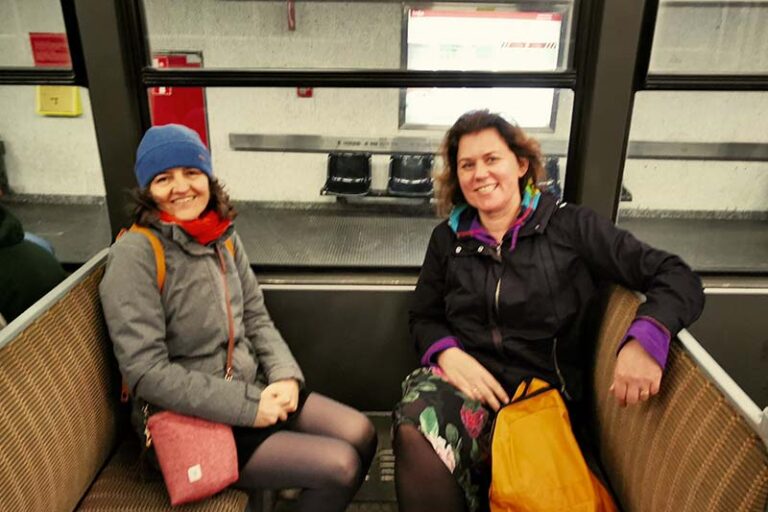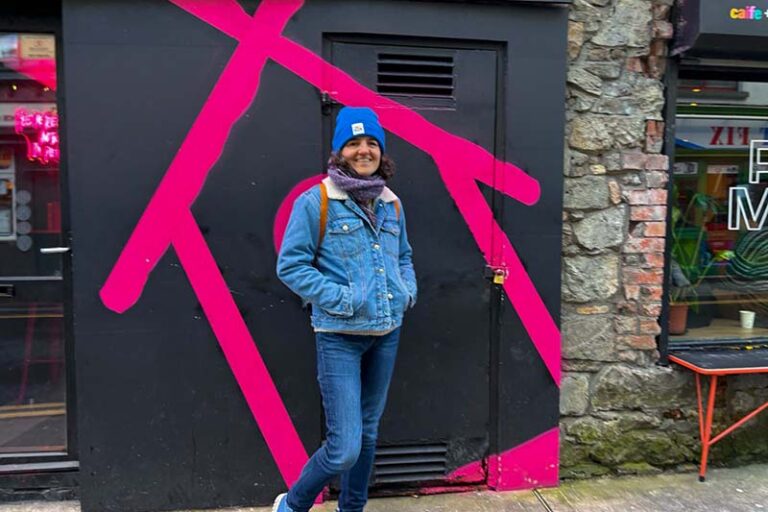This post is also available in:
 polski (Polish)
polski (Polish)
I turn on the electro jazz of the Svaneborg Kardyb duo and I am getting off the metro again at Enghave Square in Vesterbo district in Copenhagen. People sit on the wooden sidewalk around, at tables in Navnløs Kaffe & Bar, or on benches, curbs, and lawns next to tenement houses. They have coffee from their own thermos or from cafes. Many eat fresh spandeuer from the local Bageried BRØD.
A girl in yellow corduroys is planting flowers. Some man in a checkered jacket parks a bicycle next to the store – Café Beat, where thousands of vinyls are breathtaking. I look between the colorful covers and slow down totally. I don’t want to leave here. I stretch my neck to the sun like a purple perennial. I devour a sandwich with Danish rye bread and enjoy a cortado.

Copenhagen designs my smile in bright pink. Yes, I’ve been wearing a hat for two day now, like I used to when I was 20s. In the Superkilen Park in the district Nørrebro designed to connect immigrants and locals, I find my autumn leaf.
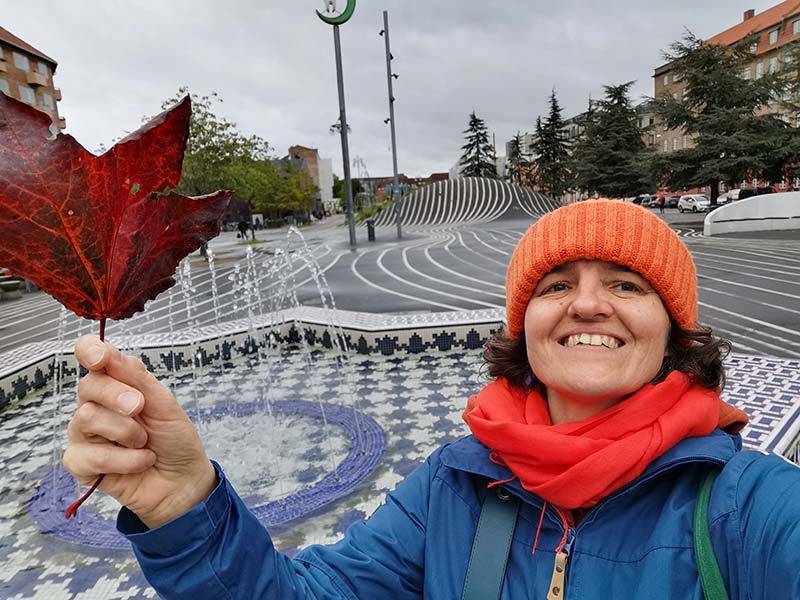
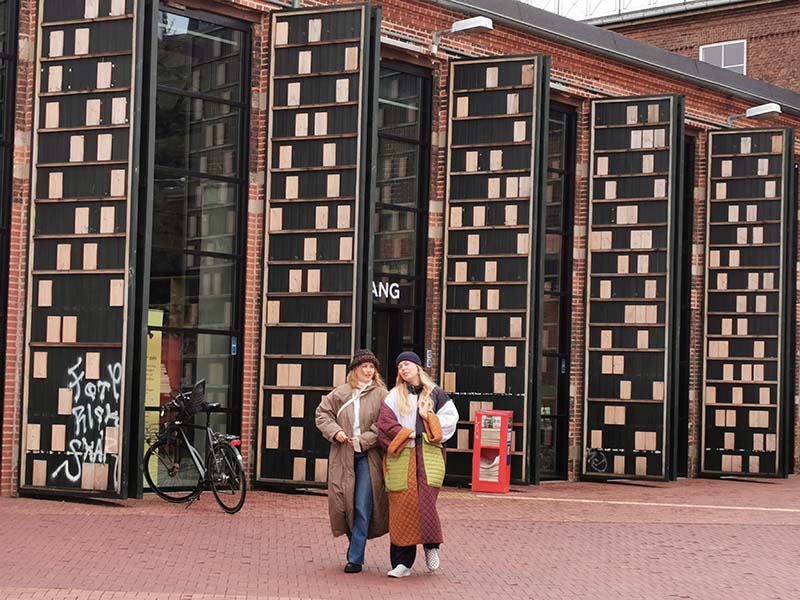
Between slightly wavy lines on an asphalt path. Several dozen bicycles pass me before I reach the nearby library, sit at a long table with others, and drink apple and beetroot juice, perfect for this time.
My temporary home is in the Rye115 hotel, which is located in Østerbro – a neighborhood of old tenement houses near a small Sortedam lake. This cozy place reminds me of my Polish hometown Wroclaw, especially when I see a cadr with Bird island – Fugleøen.
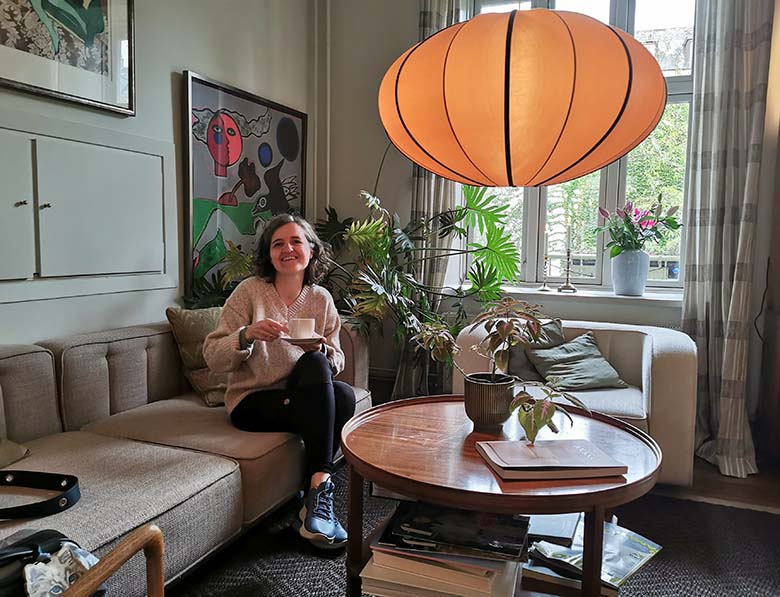
I sit on the plush sofa, and paper flowers growing from my head. The bulging lamp, like an unfurled giant peony, sways before my eyes.
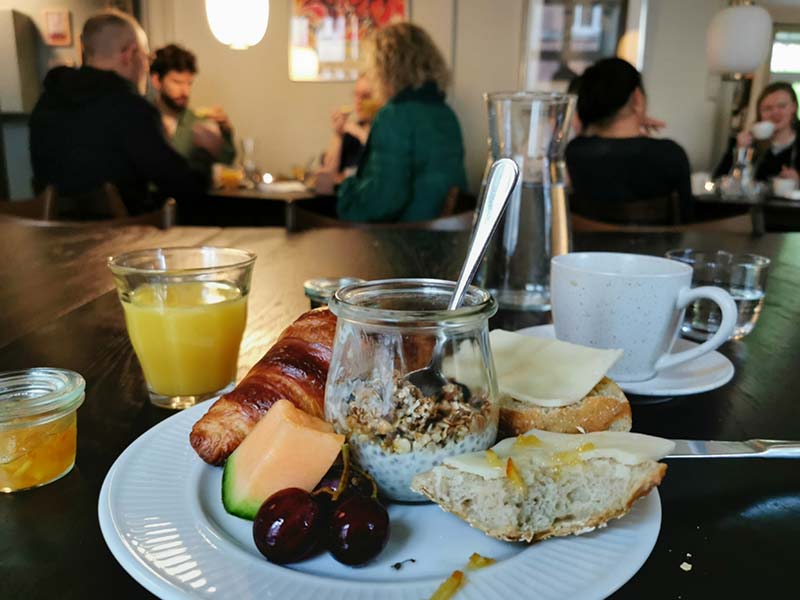
When I eat wonderful eco granola and homemade croissant for breakfast, at a common oak table like the one from my childhood, I meet Brigid from Australia. We spend one day together. Wandering the path around the lake, we discover the hippie Christiania.
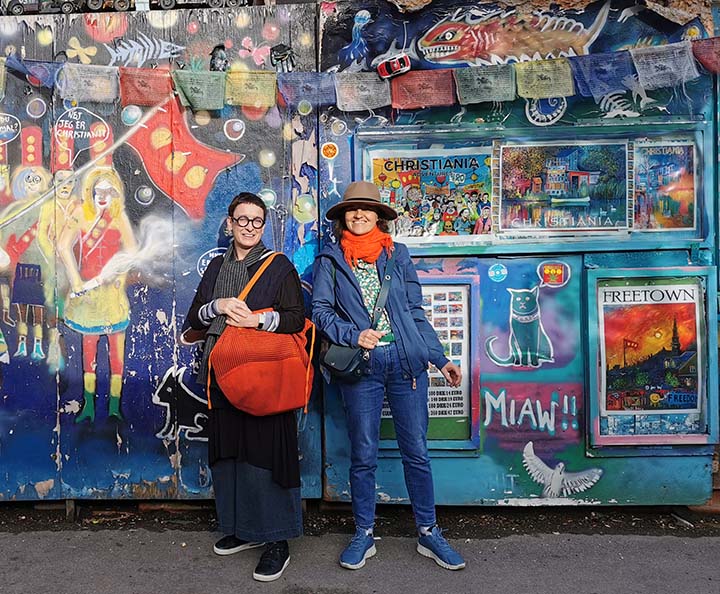
Behind the wooden fence, there is a space completely separate from the city – a village – gleams in the colorful graffiti on wooden houses. They tell a story and display slogans of those who want to live there outside the system. In a wooden green building with a Market sign, Brigid buys clogs and I buy colorful cards. In an hour we are standing on a large map of Copenhagen in front of the Danish Architecture Centre. When we leave the exhibition, we sit down inside a transparent ball with a tiny garden in it and we meet two Danes there. We rest and talk.

And although we won’t have time to see the famous tenement houses by the canal, the magic of Copenhagen walks within us. A Danish woman recommends a designer cafe on the roof of the Illum shopping center, where they serve delicious Indian curry and Japanese soup. Local people like to rest here.
The next day I walk through Faelenparken – the largest park in Copenhagen and then climb the winding stairs to roof farm ØsterGro. I can immediately smell the scent of dill. The team of Gro Spiseri the unique glass restaurant welcome me warmly. Although it is currently closed, I can stay in the garden and enjoy the view. One man also comes with washing liquid in his hand. Because it’s his favorite place in town, and he wants to enjoy the view on this sunny afternoon.
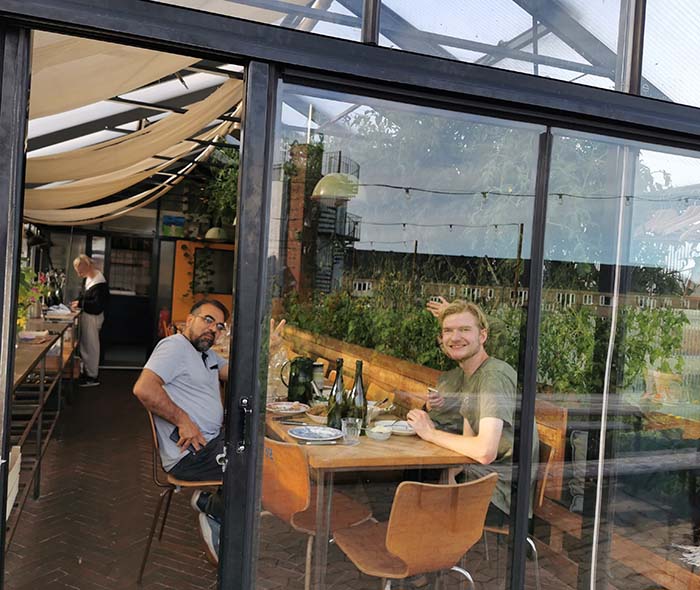

On Monday morning, I drink my last coffee in the living room, and photographer Kim-Lena spontaneously takes photos of me. I goodbye to Østerbro and dear Copenhagen, which is cycling to work today.
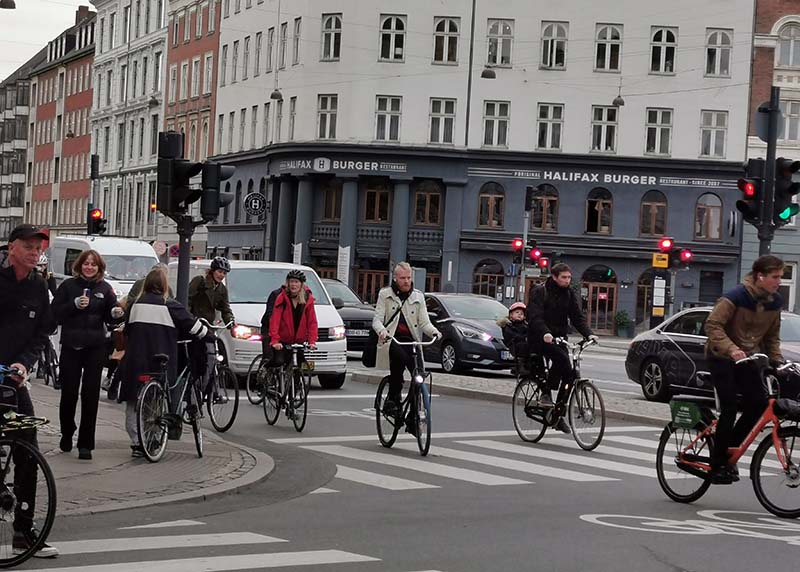
I buy fresh bread and cinnamon rolls, yet. The cozy, remotely controlled metro is taking me to the airport. And there’s a song from Danish band Cody waiting for me in the bar on the runway:
There’s a light that keeps on shining from a far-off place by the town where they sit up all night writing about little things in life.
P.S. Copenhagen is a very easy town to manage, the best by metro with a City Pass small card, which you can buy at the airport in DCB machine.
